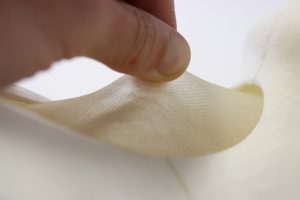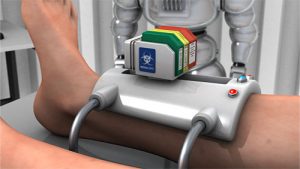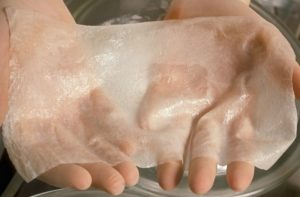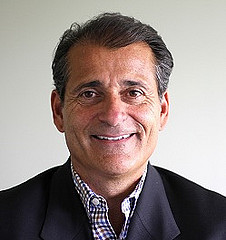3D Bioprinter Prints Functional Human Skin Adequate for Transplant
 A team of researchers in Spain reports the development of a new three-dimensional (3D) printer capable of printing human skin suitable for transplant into patients. The printed skin is also suitable for testing drugs and cosmetics.
A team of researchers in Spain reports the development of a new three-dimensional (3D) printer capable of printing human skin suitable for transplant into patients. The printed skin is also suitable for testing drugs and cosmetics.
The team included several groups of researchers, including a group from the Universidad Carlos III de Madrid (UC3M) in Spain. The researchers describe their breakthrough in the scientific journal, Biofabrication.
3D Printing and Skin Production
3D printing has been around since the 1980s, when Charles (Chuck) Hull introduced the first stereolithography apparatus (SLA), but the 3D printing industry is now experience rapid growth with applications in many fields. In medicine, 3D printing holds great promise in someday giving clinicians the ability to produce personalized, complex human tissues and organs on demand. One woman has already received a 3D printed ear from one company, for example, while another  company provides 3D printed implants that the recipient’s body converts to bone.
company provides 3D printed implants that the recipient’s body converts to bone.
Three-dimensional printing of human body parts is challenging in a number of ways. Replicating the complexity of anatomical structures is difficult. Ensuring the printed tissue survive transplantation in a living body is another problem.
The scientists in Spain have already engineered plasma-based, two-layered skin used successfully in the treatment of burns and other wounds in a large number of patients. The primary drawback to this method is that it takes 3 weeks to produce enough skin to cover an extensive burn or large wound. Another disadvantage is that the scientists must perform much of the process manually.
3D printing is similar to a desktop computer printer except that the nozzle on the 3D printer exudes biological components rather than ink. These biological components, or bio-inks, are essential to successful 3D printing of human organs and tissues.
To aid in the process, a computer controls the nozzles and flow of biological components so that the nozzles deposit the bio-inks on precise locations on the print bed.
Prints large area of skin in 35 minutes
The authors of the study describe how their 3D printing method generated a 100 x 100 centimeter area of skin in just under 35 minutes.
Like the scientists’ existing plasma-based manual method of producing skin, the 3D printing technology generates two layers of skin – the epidermis and the dermis. The printer starts by producing the epidermis, including the protective outermost layer of keratinized cells, known as the stratum corneum. Next, it prints the thicker, deeper dermis, complete with collagen-producing  fibroblasts.
fibroblasts.
The new 3D printing method is faster, but still complex. One of the authors of the report, Juan Francisco del Cañizo of the Hospital General Universitario Gregorio Marañón and Universidad Complutense de Madrid, notes:
“Knowing how to mix the biological components, in what conditions to work with them so that the cells don’t deteriorate, and how to correctly deposit the product is critical to the system.”
The research team tested the printed skin in test tubes and in immunodeficient mice. Transplantation of the printed skin into the mice helped the scientists test the long-term effects in a living animal. In both tests, the 3D printed skin was very similar to human skin and indistinguishable from the manually produced bi-layered skin from plasma.
There are two main potential uses for this 3D skin – to produce skin for research and laboratory testing of drugs and cosmetics, and to produce person-specific skin from the patient’s own cells to treat burns and other wounds. The research team is also investigating ways to use the technology to print other human tissues.
Source
http://iopscience.iop.org/article/10.1088/1758-5090/9/1/015006/meta
Frank Magliochetti is Managing Partner for Parcae Capital
-
North Andover, Massachusetts
This column of posts is directed at the Healthcare Industry. Frank plans to release new sites dedicated to the industry. Frank currently assists companies who are building, restructuring, transforming and resurrecting there business’s. An example of his client base are, Xenetic Biosciences , IPC Medical Corp, Just Fellowship Corp, Environmental Services Inc., Parsons Post House LLC, ClickStream Corporation as well as having a business talk radio show; The Business Architect on the URBN network.







